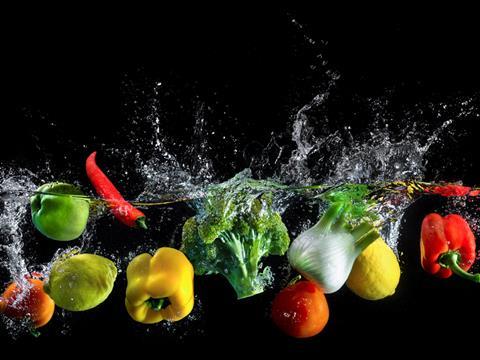
Retailers and shoppers need to start thinking about the ‘water scarcity footprint’ of their food, that is, the potential impact of water use on local water scarcity.
This might sound like just another environmental issue loaded onto all the others jostling for our attention – health warnings, food miles – but it’s an increasingly important one.
Our diets are shifting towards eating more fresh fruit and vegetables, with consequences for water we’re only just starting to appreciate. For over 15 years the UK Department of Health has encouraged the British public to eat five pieces of fruit and veg a day. Recent studies push for even higher consumption levels. One 2017 study revealed we actually need to eat 10 a day (or 800g) to achieve the fullest reduction in our risk of heart disease and cancer, indicating that 7.8 million premature deaths globally in 2013 may have been attributable to an intake below this.
Read more: What makes a coffee pod environmentally friendly?
While we still eat far too little, over the past two decades the UK per capita demand for fruit has risen by 23% and vegetables by 7%.
Not only what we eat, but where we source it from, has significant implications for how much water is used in its production and associated water scarcity impacts. Much of our domestically produced and imported fruit and veg is heavily reliant on irrigation water from resources stored in lakes, rivers and groundwater. There is industrial, domestic and environmental competition for these water resources which is projected to rise significantly in the future. This results in stark environmental, economic and social trade-offs.
We’re only just starting to get a handle on the water footprint of the UK’s fruit and veg habit. Our work as part of the Global Food Security programme has estimated how much irrigation water was used to grow the nation’s supply over the last 20 years. Because we are now eating more fruit and sourcing more of our veg from drier countries overseas, the water scarcity footprint of the UK’s fruit and veg supply (excluding potatoes) has grown by 47% per capita over the last two decades.
On average, from 2011 to 2015, 462 million m3 of irrigation water was required per year to produce this fruit and veg, with over 87% of this consumed in production abroad. A large proportion of this was consumed in highly water-stressed countries, including Spain (32%), South Africa (16%) and Egypt (7%). Water in Spain, for example, is around 17 times more scarce than in the UK.
In terms of individual consumers, our analysis shows that from 2011 to 2015, the UK supply of fresh fruit and vegetables was equivalent to 333g per inhabitant per day. However, the UK wasted the equivalent of 36g (excluding potatoes) per person per day in the home, with further waste occurring throughout the supply chain.
Read more: Millions of tonnes of ’ugly’ fruit and veg wasted
To provide 800g a day each, allowing for waste, we would need to increase our supplies by more than an additional 550g per person per day. Keeping the sourcing and composition of the nation’s fruit and veg supply the same as in 2011 to 2015 would mean increasing the quantity of water used to produce it by more than two and a half times. At the same time, consumer trends mean we are making use of less of our own home-grown, often less irrigation-intensive crops such as cabbages and cauliflowers, where annual demands are 28% and 17% lower per person than in the 1990s.
Fruit and veg have long been positioned as one the few guilt-free choices we can make. Unfortunately nothing is that simple. Understanding the implications of our dietary choices on water scarcity, and better matching our consumption habits to seasonal availability, will be more and more important if we’re to secure longer-term sustainable supplies of fruit and veg.








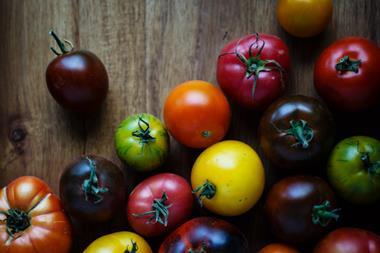
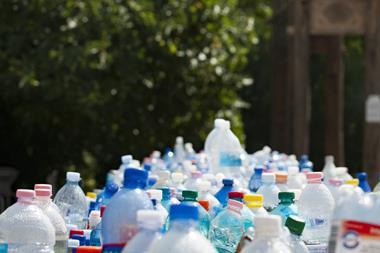

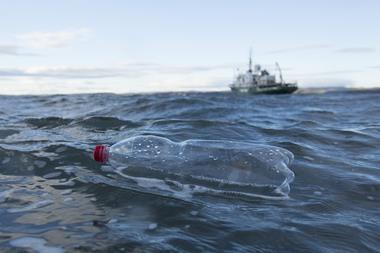
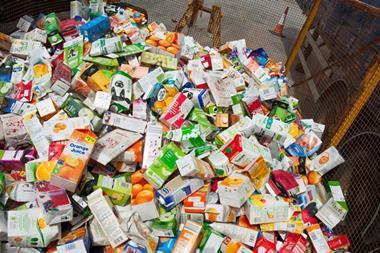






No comments yet